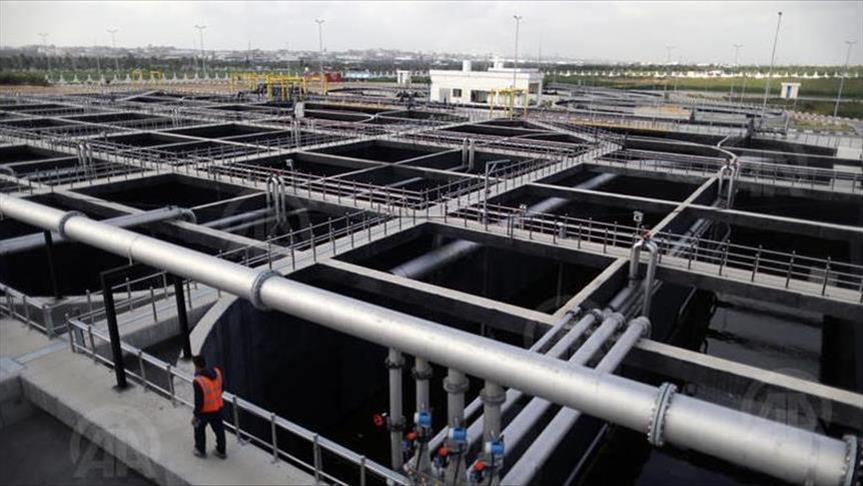- The Writer holds an MSc in Eurasian Political Economy & Energy from King’s College London and also an MA in European Studies from Sabancı University.
Russia continues to pivot its gas export network towards Asia and Europe to expand these markets while minimizing transit risks.
With the help of the country’s favorable institutional structure, Russia has shifted its energy policy agenda by bolstering energy security to veer towards these markets. The development of considerable surplus capacity in Russia’s gas pipelines in recent years reflects its aspiration to diversify gas transit routes for greater maneuverability. Therefore, it is vital to understand Russia’s main objectives for creating this excessive surplus supply and what implications it will have on Russia’s pipeline diplomacy.
Through excessive surplus capacity, Russia aims to avail of optimal export routes. Generally, alternative export routes are costly for pipeline operators if underutilized over the long term. But contrary to Russia’s oil pipelines, the building of which is permitted, but discouraged for companies other than Russia’s state-owned and the world's largest oil pipeline company, Transneft, Russia’s gas giant Gazprom monopolizes and controls the country’s natural gas pipelines. Therefore, any revenue losses due to gas pipeline underutilization are borne by Gazprom alone. Since Gazprom is one of the most important state enterprises in Russia, state officials are the ultimate decision-makers in considering the economic feasibility of pipeline investments. This clearly explains why excessive pipeline capacity, which has been encouraged in recent years, is not merely based on economics but is also motivated by Russia’s geopolitical agenda.
Russia’s decision on whether it will bypass Ukrainian territory, in the long run, will define the magnitude of Russia’s gas network development in Europe. Once the and the Nord Stream 2 pipeline projects are completed, Russia’s overall export capacity will reach approximately 350 billion cubic meters () for Europe.
Russia’s energy security objectives also come into play through its aspiration to secure massive surplus capacity. With the help of surplus supplies from the Yamal-Europe and Blue Stream pipeline and later on the Nord Stream 1, gas transit risks have been minimized for Gazprom.
After souring relations between Russia and Ukraine, Russia cut its gas transition by as much as 75 through Ukrainian territory between 2004 and 2014. Even in the case of a complete bypass of Ukraine, it is estimated that Russia could still have around 40 of surplus capacity. Therefore, Russia could potentially use this flexibility over the long-term as a bargaining tool when choosing its long-term gas customers in Europe. Russia’s current utilization for its gas export network remains around 57 percent, allowing Russia to have the upper hand when competing with other gas providers.
In 2016, Gazprom announced four pipeline projects, the Nord Stream 2 to carry Russian gas to Germany through the Baltic Sea, the from Russia to Turkey, both of which are to be completed before the end of this decade, the Power of Siberia as part of Gazprom’s expansion towards the East, and the Altai pipeline to transport gas from Russia's Western Siberia to North-Western China all testify to Russia’s desire to deepen its natural gas investments in other parts of the world. It is worth noting that the Nord Stream 2 and the pipelines were not built as a result of a bottleneck in the natural gas network, but rather these projects were developed with serving Russia’s need for surplus capacity in mind.
In it Energy Strategy 2035, Russia is forecast to produce as much as 700 of gas by the end of 2020 and could further boost production up to 885 as of 2035. As Gazprom faces no upstream challenges, as in the case of oil, Gazprom claims that it can easily ramp up production within a short period of time, which gives the company the flexibility it seeks in meeting the demand of seasonal swings.
Russia’s goal to expand surplus capacity is thought to be its desire for greater leverage abroad. The flexibility derived from acquiring surplus capacity has helped Russia achieve one of its energy security objectives, especially in times of mounting disagreements over transit fees with neighboring countries ranging from Belarus to Ukraine to the Baltic States. Additionally, the state’s close control over pipeline construction allows Gazprom to avail of a favorable setting to expand additional capacity towards the West. Ukraine, once an indispensable gas transit country, might potentially lose its vitality in the years ahead once the four major pipeline projects are completed.
To ensure long-term competitiveness in an increasingly aggressive gas export market, Russia has sought substantial surplus capacity for greater flexibility and to have room for maneuvering. Russia looks keen to expand its pipeline network capacity, particularly towards Europe-bound routes. To that end, Russia is very likely to secure a far stronger bargaining position in the future when Gazprom sits at a negotiating table.
- Opinions expressed in this piece are the author’s own and do not necessarily reflect Anadolu Agency's editorial policy.


